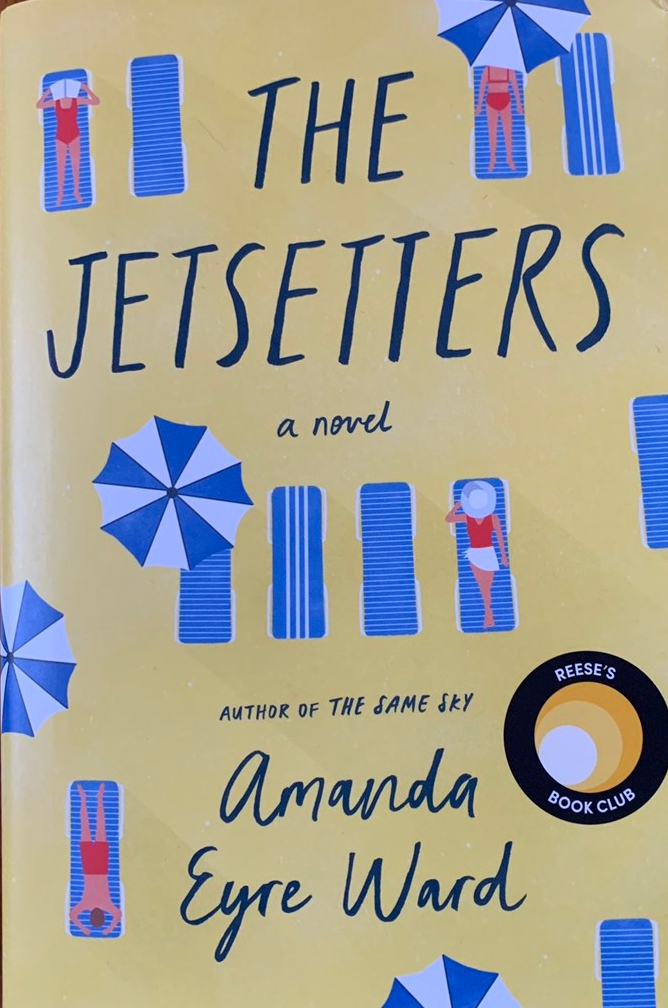The last few days have stirred up a frenetic energy reserved for the anticipation of a big snow storm. The toilet paper aisle at grocery stores is ravaged, pantries are stocked with dry goods that wouldn’t normally make a weekly shopping list, kids are out of school, and some offices have ordered teleworking. But instead of the excited uncertainty that comes with a storm hitting a region unaccustomed to dealing with winter weather—how many inches of snow will we get and how long will the kids be home?—the COVID-19 pandemic is bringing with it a heavy sense of dread.
The unknown is frightening. We don’t know whether schools are truly out until the end of the month or until June. We don’t know whether our hospitals can manage the heavy load of the sick.Will the food we bought last two weeks of self-isolation or two months? We don’t know whether our favorite small businesses will survive extended closures or mandatory confinement zoning. Or if two weeks paid sick leave is near enough for those working in an economy not friendly to time off. And not that there is ever a great time for a pandemic, but we don’t know whether that nagging sore throat is caused by seasonal allergies (thanks, tree pollen) or the coronavirus.
There are some things we do know. For one, social distancing helps contain the spread of the virus. I’m grateful to Gov. Larry Hogan for swiftly making the call to close Maryland schools, even while I acknowledge the privilege embedded in my relief. My kids are in high school; they don’t need supervision, at least on the same level as an elementary aged child. They don’t rely on school lunch for their square meal of the day. Also, I work from home—and don’t have to worry about taking unscheduled leave.
Not everyone is as lucky.
On Twitter— which I generally categorize as a worthless time suck—people in other countries at peak infection beg us to learn from their response (or lack thereof). Epidemiologists say stay home, the most effective way to contain the spread. But our grocery stores are chock full of shoppers and the bike and barre classes are full at the boutique fitness studio I manage as part of my side hustle.
Americans: we are nothing if not predictable and self-centered. We hear what isn’t being said. Hoard toilet paper, hand sanitizer, shredded cheese (seriously, Wegmans was cleared out the day I went shopping) even though grocery store execs assure the only disruption in the supply chain is the one being caused by recent hoarding. We share the debunked “internal email” purporting to be from Stanford doctors about cold and hot drinks and deep breaths to the count of ten. (I shudder to think of the other fake news being spread.) Some even think, “I’m healthy” and flock to bars where they stand shoulder to shoulder with people who look healthy but could be carrying the virus anyway.
The president’s lack of leadership hasn’t helped. While he defaults to his typical posture of first denying there’s a problem, then working overtime to cover his ass, we get mixed messages. Maybe we wouldn’t be hoarding items from our snowstorm list while simultaneously practicing a weak definition of social distancing if we had a better understanding of the gravity of the situation, a sense of doom the president has worked hard to obscure.
As it is, we don’t know what to expect, except that our collective condition from the health of loved ones to the economy will get worse before it gets better. While it’s hard to plan for the unknown, as we hunker down we can suspend expectation, extend grace to those around us, and listen to those in the know.




